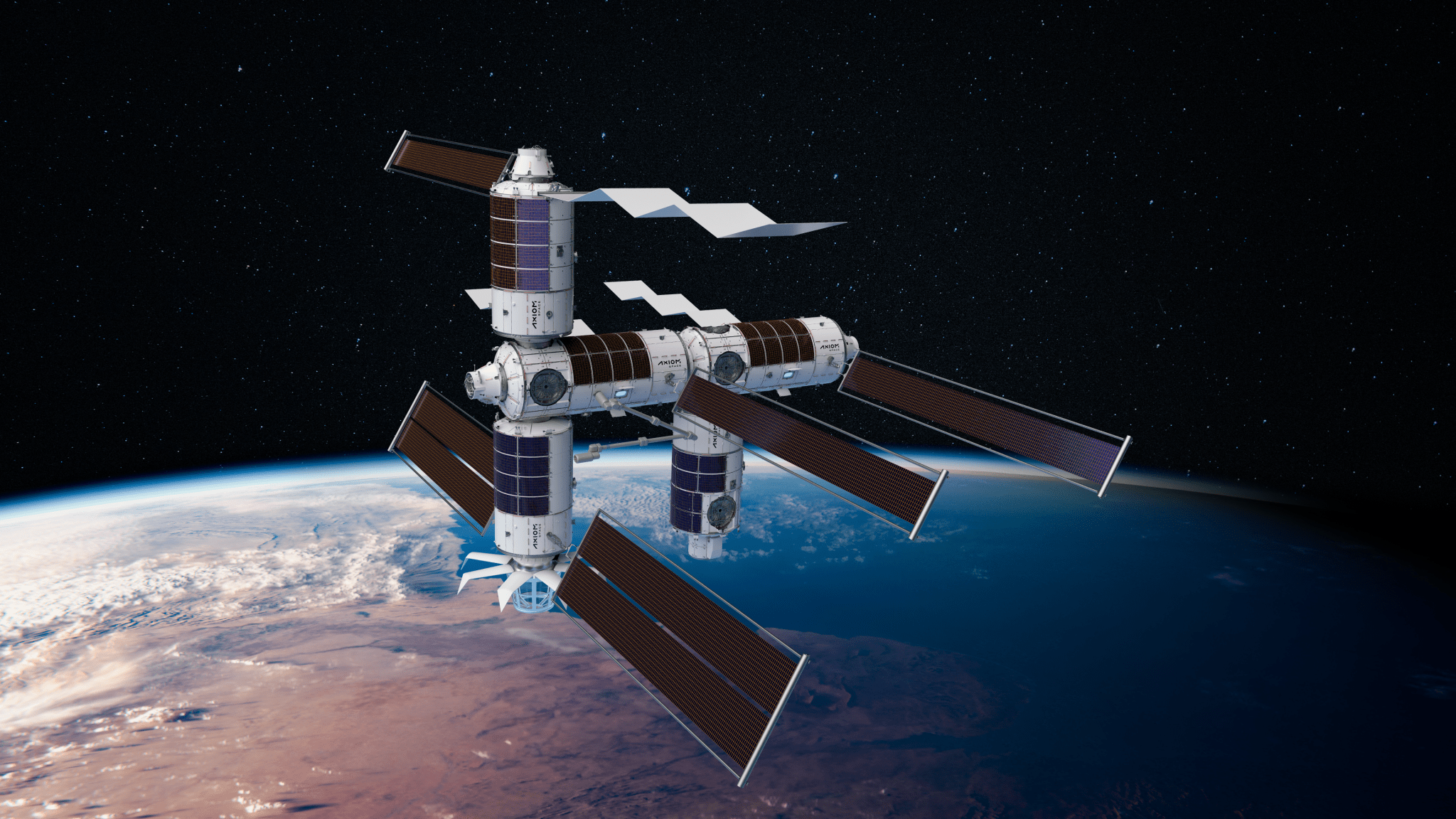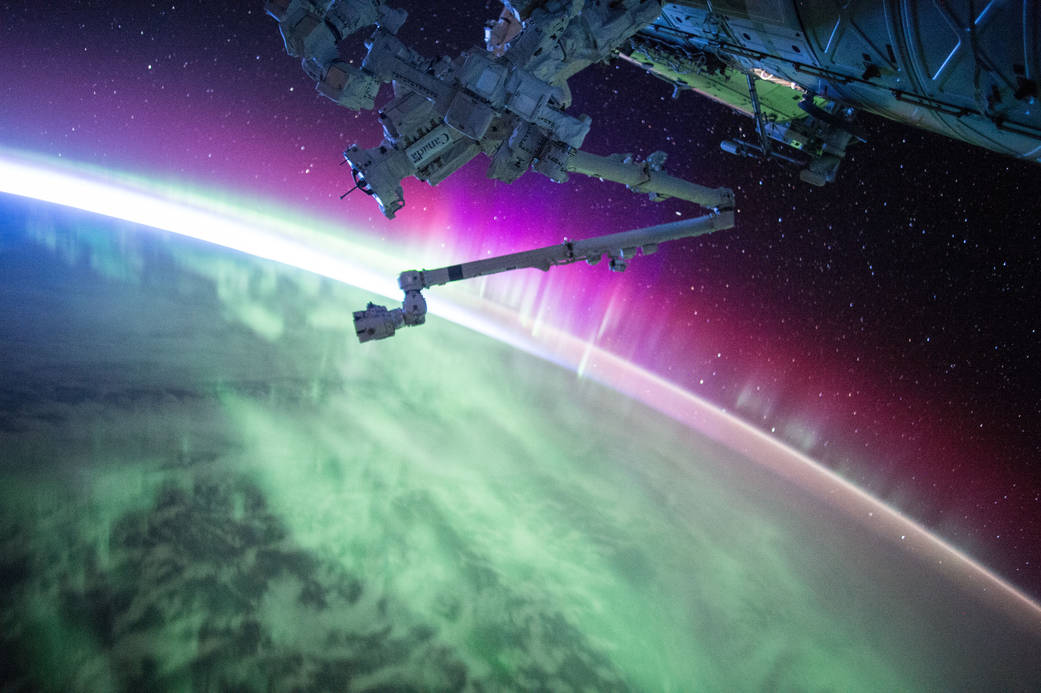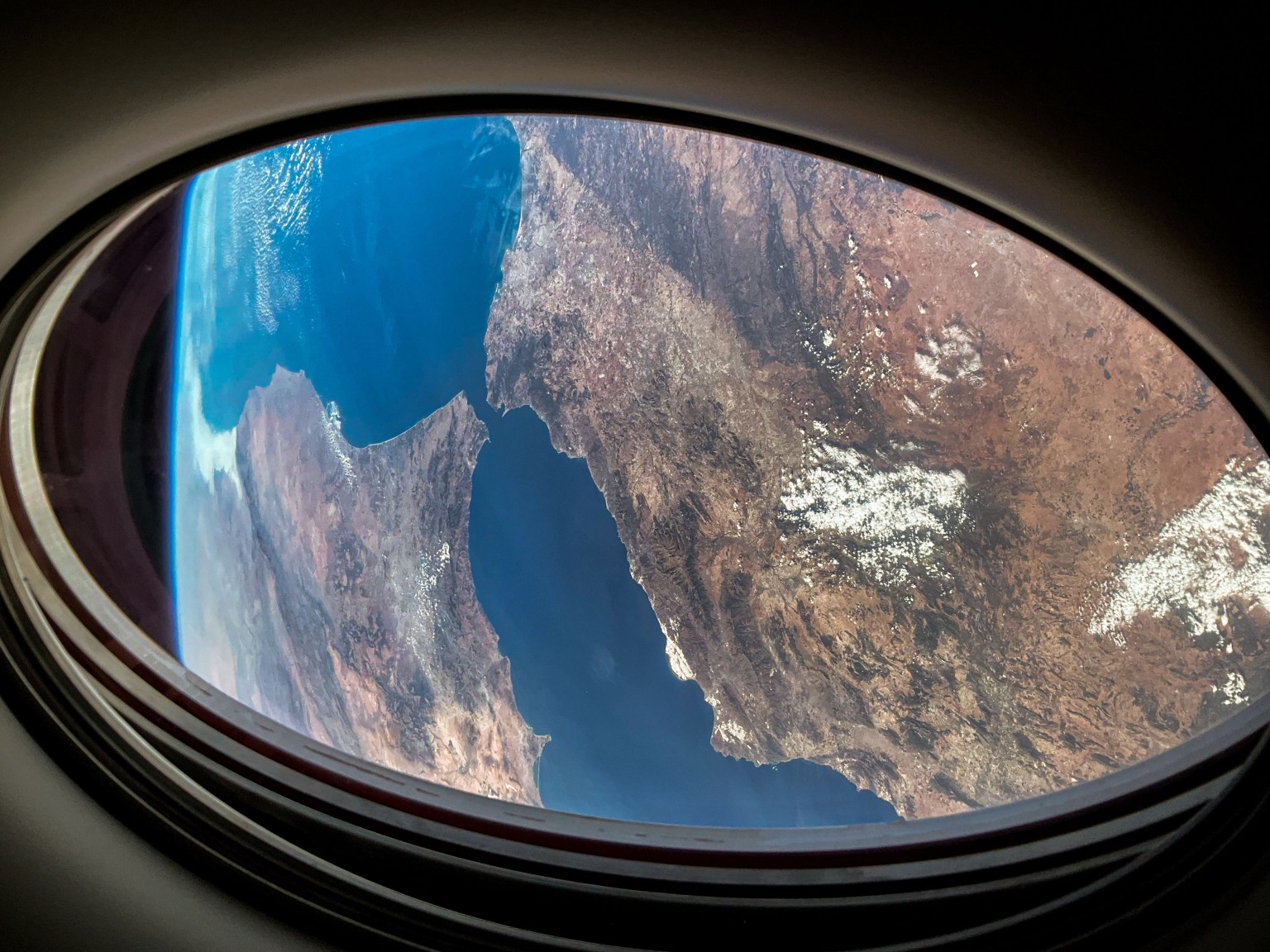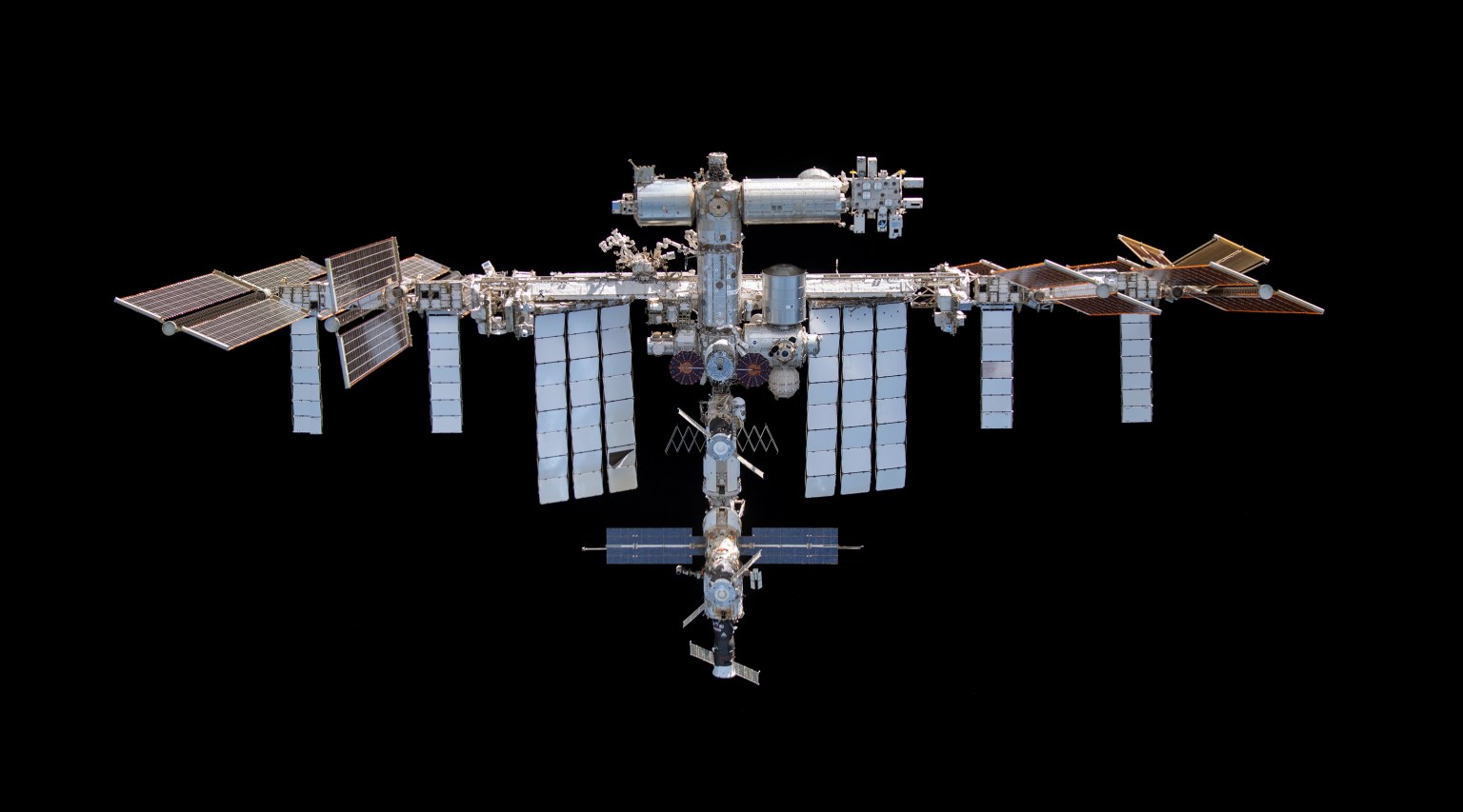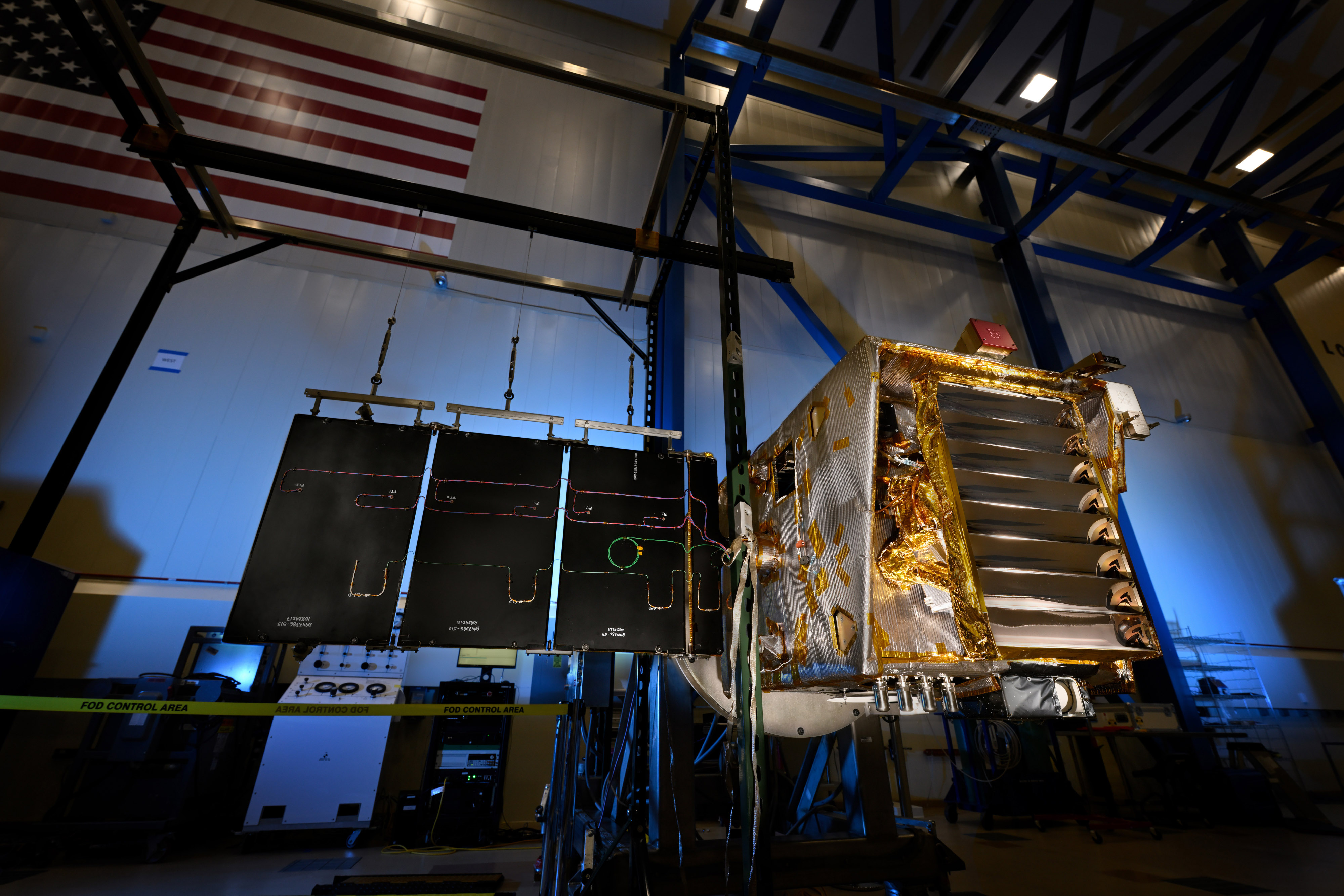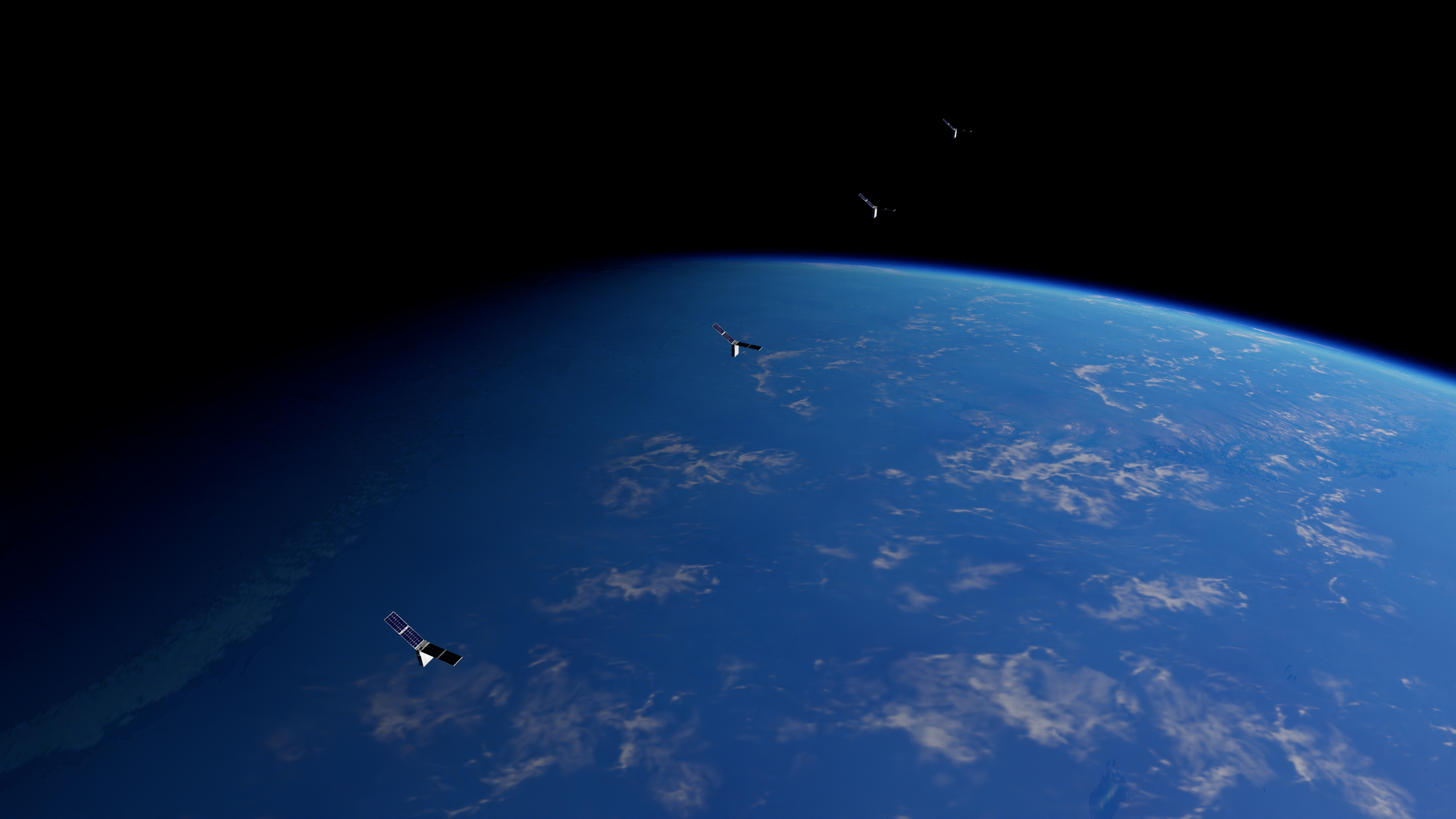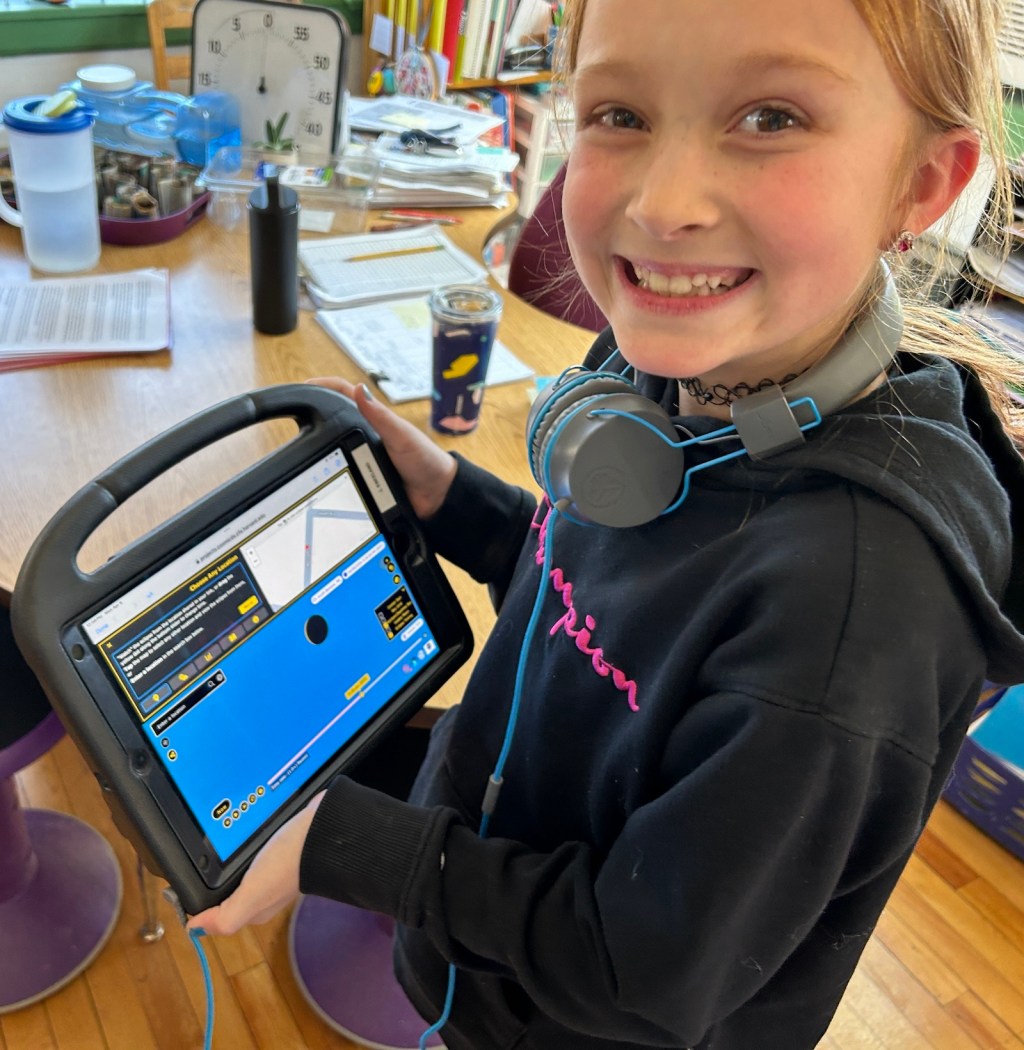NASA, Axiom Space Change Assembly Order of Commercial Space Station
In coordination with NASA, Axiom Space modified its planned assembly sequence to accelerate its ability to operate as a viable free-flying space station and reduce International Space Station reliance during assembly. NASA awarded Axiom Space a firm-fixed price, indefinite-delivery, indefinite-quantity contract in January 2020, as the agency continues to open the space station for commercial […]
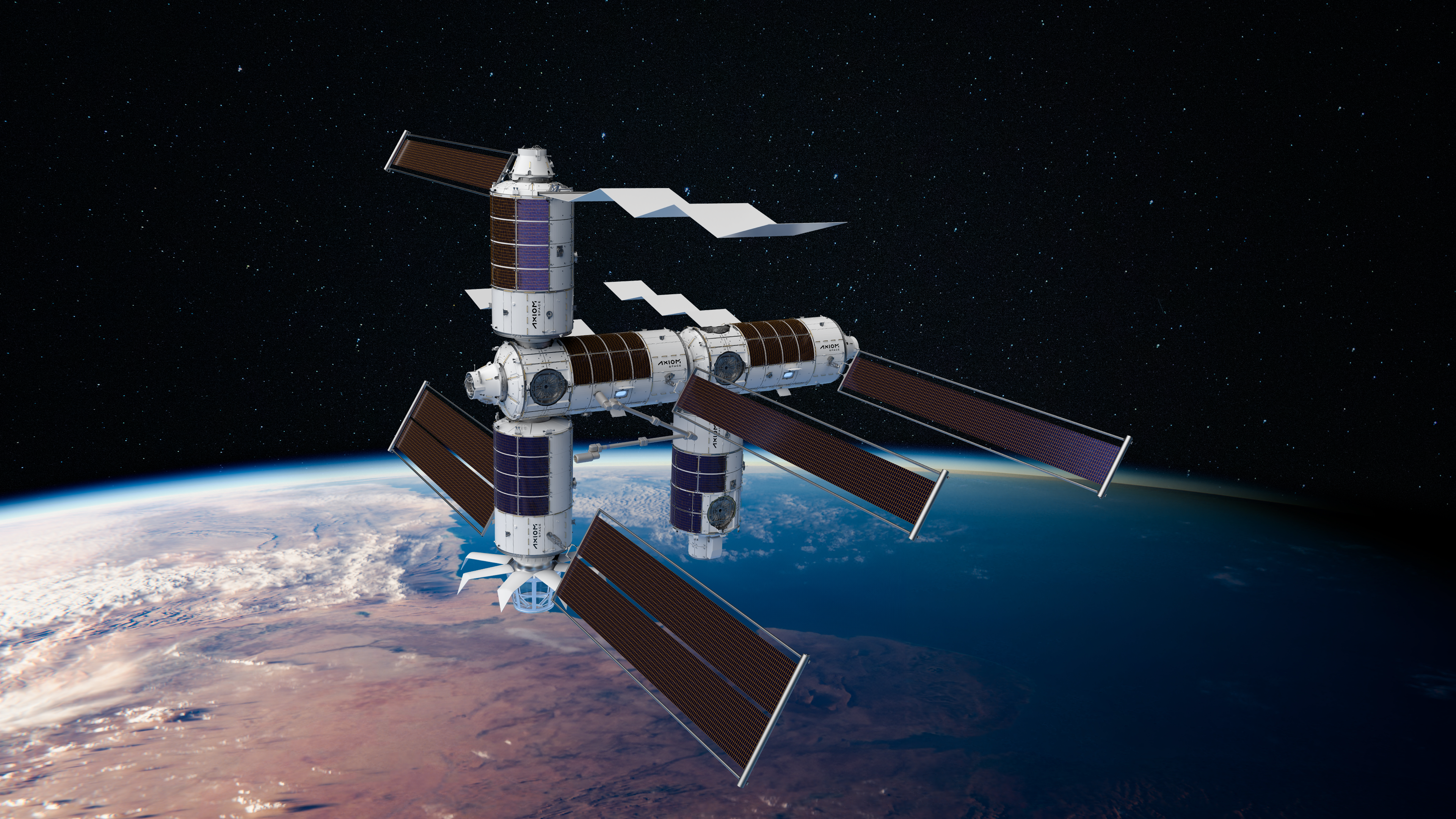
3 min read
Preparations for Next Moonwalk Simulations Underway (and Underwater)
In coordination with NASA, Axiom Space modified its planned assembly sequence to accelerate its ability to operate as a viable free-flying space station and reduce International Space Station reliance during assembly.
NASA awarded Axiom Space a firm-fixed price, indefinite-delivery, indefinite-quantity contract in January 2020, as the agency continues to open the space station for commercial use. The contract provides insight into the development of at least one habitable commercial module to be attached to the space station with the goal of becoming a free-flying destination in low Earth orbit prior to retirement of the orbiting laboratory in 2030.
The initial Axiom Space plan was to launch and attach its first module, Habitat 1, to the space station, followed by three additional modules.
Under the company’s new assembly sequence, the Payload, Power, and Thermal Module will launch to the orbiting laboratory first, allowing it to depart as early as 2028 and become a free-flying destination known as Axiom Station. In free-flight, Axiom Space will continue assembly of the commercial destination, adding the Habitat 1 module, an airlock, Habitat 2 module, and the Research and Manufacturing Facility.
“The updated assembly sequence has been coordinated with NASA to support both NASA and Axiom Space needs and plans for a smooth transition in low Earth orbit,” said Angela Hart, manager, Commercial Low Earth Orbit Development Program at NASA’s Johnson Space Center in Houston. “The ongoing design and development of commercial destinations by our partners is critical to the agency’s plan to procure services in low Earth orbit to support our needs in microgravity.”
The revised assembly sequence will enable an earlier departure from the space station, expedite Axiom Station’s ability to support free-flight operations, and ensure the orbiting laboratory remains prepared for the U.S. Deorbit Vehicle and end of operational life no earlier than 2030.
“The International Space Station has provided a one-of-a-kind scientific platform for nearly 25 years,” said Dana Weigel, manager, International Space Station Program at NASA Johnson. “As we approach the end of space station’s operational life, it’s critically important that we look to the future of low Earth orbit and support these follow-on destinations to ensure we continue NASA’s presence in microgravity, which began through the International Space Station.”
NASA is supporting the design and development of multiple commercial space stations, including Axiom Station, through funded and unfunded agreements. The current design and development phase will be followed by the procurement of services from one or more companies.
NASA’s low Earth orbit microgravity strategy builds on the agency’s extensive human spaceflight experience to advance future scientific and exploration goals. As the International Space Station nears the end of operations, NASA plans to transition to a new low Earth orbit model to continue leveraging microgravity benefits. Through commercial partnerships, NASA aims to maintain its leadership in microgravity research and ensure continued benefits for humanity.
Learn more about NASA’s low Earth orbit microgravity strategy at:
https://www.nasa.gov/leomicrogravitystrategy
News Media Contacts
Claire O’Shea
Headquarters, Washington
202-358-1100
claire.a.o’shea@nasa.gov
Anna Schneider
Johnson Space Center, Houston
281-483-5111
anna.c.schneider@nasa.gov
What's Your Reaction?



















.jpg?#)























